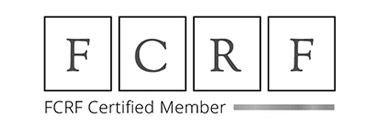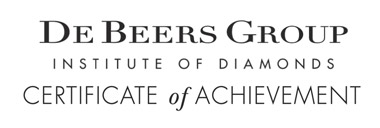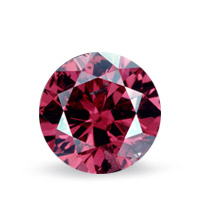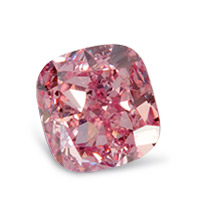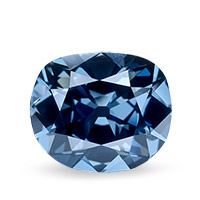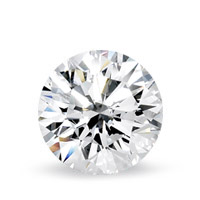All about Green Diamonds
Did you know that diamonds can be green too? Most people only know one precious gemstone with that beautiful color: emeralds. These are greatly associated with green. However, green diamonds and emeralds differ in lots of aspects.
To begin with, green diamonds are considerably more reliable and enduring than emeralds. The professional Mohs scale of hardness has emeralds ranked at 7th, while green diamonds and colorless diamonds, in general, are ranked 10th. Both green diamonds and colorless diamonds have the same underlying chemical structures.

The green diamond family can be considered very diverse too. These gemstones possess various intensities and tones within the green color scale. The combinations are endless and result in stunning hues and shades. Green is a symbol of nature, fertility, balance, and development. Shapes are also a relevant aspect and can change the whole meaning and perception of a green diamond.
Not many people know which curious influence causes the appearance of natural fancy green diamonds. Believe it or not, it is atomic radiation. Green diamonds appear inherently after the effects of the forces of nature.
Natural green diamonds are the second rarest of all as they are only preceded by natural fancy red ones.
The Origin of the Green shades
Diamonds are generally influenced by many minerals, elements, and other naturally occurring aspects of the atmosphere around them. Many colored diamonds have impurities that provide them with beautiful shades.
The secret behind the green hues of diamonds is radioactivity or atomic radiation. The exposure for many years to this type of power is what causes the special and exclusive color.
Cause of the Color
This color is so powerfully unique that polishers leave on purpose traces of authentic elements surrounding the gemstone, which are referred to as Natural. This is a way for professionals to identify their origin as it is difficult to know when this type of diamond is treated or natural.
Of course, the objective of keeping the Natural is for associations like the GIA to be able to determine if the gemstone is worth a certificate after its extremely rare nature.

Colors
As mentioned before, green diamonds are part of the rarest families of colored diamonds. There are seven grades or tonalities when it comes to natural fancy colored diamonds.
Ordered based on color and intensity, we have different categories: Faint, Very Light, Light, Fancy, Fancy Intense, Fancy Deep, and Fancy Vivid.
Clearly, those diamonds exposed to more radiation are the most costly. The most wanted among the green family are Fancy Vivid and Fancy Deep Green.
Pure green diamonds have eight tonalities that you can observe in the following image below.

From right to left: Fancy Deep, Fancy Vivid, Fancy Intense, Fancy Green, Fancy Light Green, Faint Green, Light Green, and Very Light Green.
Secondary Shades and Color Tones
We have already mentioned that, among green diamonds, the greater the intensity of the hue, the more valuable the gemstone is. Not everyone is able to afford these expensive tonalities. However, many other combinations mimic this expensive color and are as stunning as the pure green ones.
These tonalities include Grey, Greyish, Grey Yellowish. Green, Greenish, Blue, Bluish, Brown, Brownish. Yellow, and Yellowish.
Moreover, the intensity of the color plays a huge role in the case of green diamonds, making them differ in rarity and final valuation.
The official natural grading of intensity in the green family is as follows: Faint, Very Light, Light, Fancy Light, Fancy, Fancy Intense, Fancy Deep, and Fancy Vivid.
The full-scale breakdown can be seen in the image below.
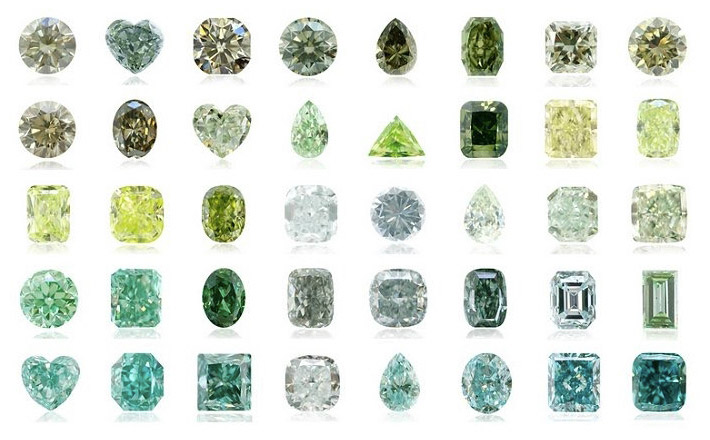
The last picture shows different green diamonds with multiple colors in diverse intensity degrees. The green color ranking is shown sequentially from left to right:
First line: Fancy Light, Grayish Green Chameleon, Fancy Grayish Green Chameleon, Fancy Deep Gray, Yellowish Green Chameleon, Fancy Dark Gray Yellowish Green Chameleon, Fancy Light Grayish Yellowish Green, Fancy Grayish Yellowish Green.
Second line: Fancy Gray Yellowish Green, Fancy Dark Gray Yellowish Green, Fancy Yellowish Green, Fancy Intense Yellowish Green, Fancy Vivid Yellowish Green, Fancy Deep Yellowish Green, Fancy Light Yellowish Green, Fancy Yellow Green.
Third line: Fancy Intense Yellow Green, Fancy Vivid Yellow Green, Fancy Deep Yellow Green, Faint Green, Very Light Green, Light Green, Fancy Light Green, Fancy Green.
Fourth line: Fancy Intense Green, Fancy Vivid Green, Fancy Deep Green, Fancy Gray Green, Fancy Grayish Green, Fancy Deep Grayish Green, Fancy Light Bluish Green, Fancy Bluish Green.
Fifth line: Fancy Intense Bluish Green, Fancy Vivid Bluish Green, Fancy Deep Bluish Green, Fancy Light Blue Green, Fancy Blue Green, Fancy Intense Blue Green, Fancy Vivid Blue Green, Fancy Deep Blue Green.
Shapes and Forms
Usual Forms Given to Green Diamonds
Green diamonds can be given multiple forms depending on the investment diamond buyer’s choice. Among them, we should highlight these shapes: princess, emerald, Asscher, pear, radiant, round, oval, marquise, heart, and cushion.
In particular, to give the green family, we recommend radiant and cushion because both provide a great accompaniment to this unique color. Nevertheless, we should also point out that oval, pear, and round shapes are very widespread choices alike.
Famous Diamonds
No matter how beautiful other green stones might be, not a single one can be compared to the uniqueness of green diamonds. Only diamonds have high valuations and could be regarded as extremely worthy. Remember, the green tonality is among the rarest.
These are just a handful of the green diamonds that have achieved a famous status in the collector industry because of their uniqueness. The approximately 41 carat Dresden Green diamond is the largest, and perhaps the finest, green diamond known to have a color of natural origin.” (source: Kane, 1990).
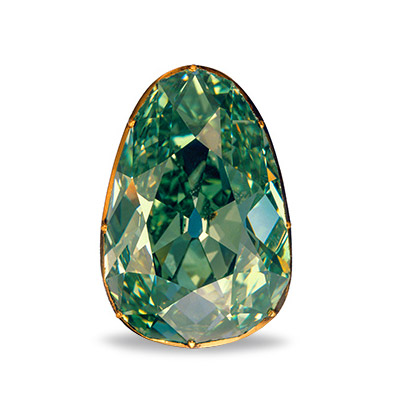
The famous 40.70 carat Dresden diamond has a pearish shape, and an internationally acknowledged VS-1 clarity grading. It is recognized to be among the largest and most naturally-valuable green diamonds ever found.
The GIA gave the Dresden Green diamond a VS-1 clarity grading in 1988. Since then, it has become the earth’s most renowned and biggest green diamond.
Among the reasons to be the most popular, the Dresden Diamond is the uniform manner in which the color is distributed within its structure. No one really knows its origin, but it is thought to have come from India in the 18th century.
Our next example is so rare that it is the only natural diamond with this color. The Ocean Dream Diamond shows a Fancy Deep Blue-Green color with a shield shape. This 5.51-carat diamond is among the rarest stones in the world.
Both the Dresden Green diamond and the Ocean Green diamond are among the most exclusive, prominent, and valuable green diamonds.
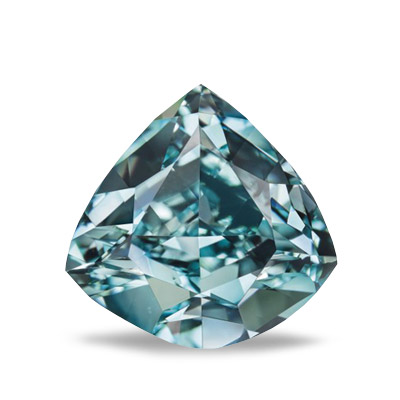
3 Main Factors
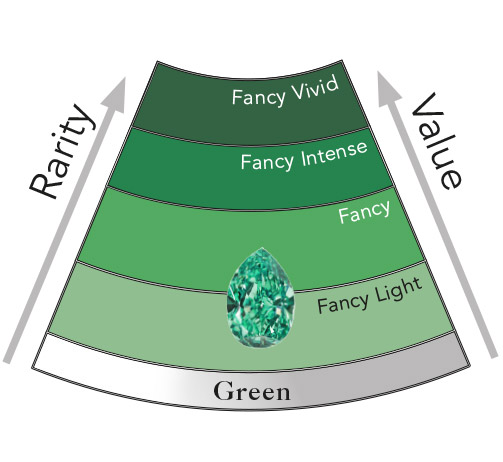
The three main factors to better understand the color of the fancy color diamonds and the value differences among the single stones: hue, saturation and tone.
- Hue: The main color of the diamond.
- Saturation: How strong or weak the color is.
- Tone:How bright or dark the color is.
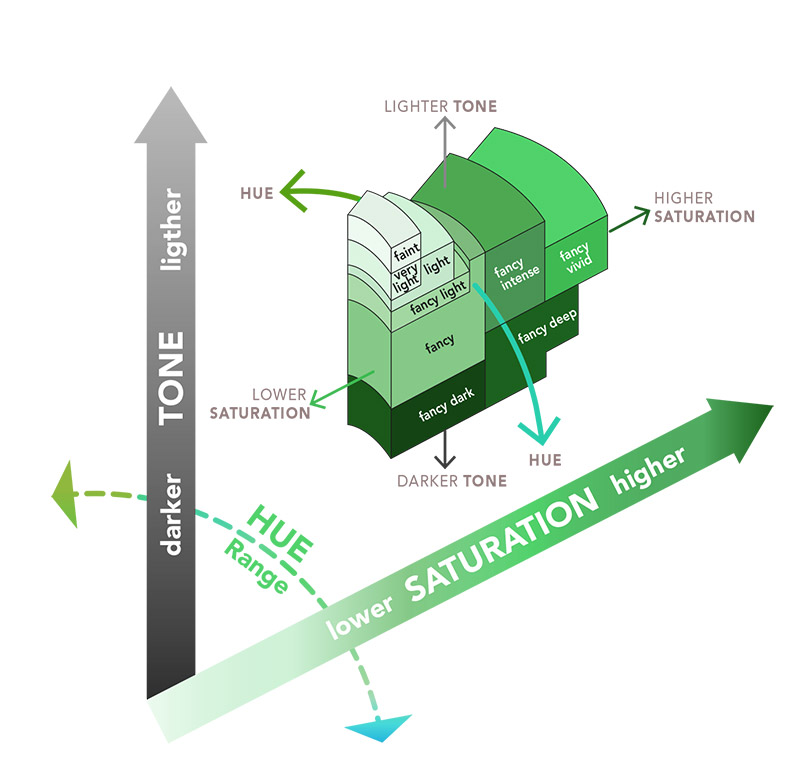
Most of the green diamonds have yellow, blue or grey as secondary color. These variations of hue, tone and saturation can make the difference concerning the price of the gem. The most precious green diamonds have a pure green color, a medium tone and a strong saturation.



